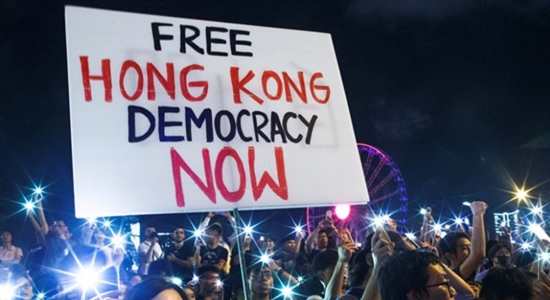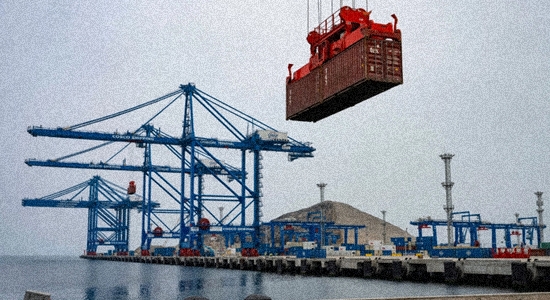“China is the lead country in every one of the technologies newly classified as high risk—putting a total of 24 of 64 technologies at high risk of a Chinese monopoly. Worryingly, the technologies newly classified as high risk include many with defence applications, such as radar, advanced aircraft engines, drones, swarming and collaborative robots and satellite positioning and navigation.”
“High risk” means having a high risk that progress in the technology will be more or less monopolized by a single country.
China’s surge to multi-dominance is one verdict of the Australian Strategic Policy Institute as it surveys the results of its Critical Technology Tracker, “a large data–driven project that now covers 64 critical technologies spanning defence, space, energy, the environment, artificial intelligence, biotechnology, robotics, cyber, computing, advanced materials and key quantum technology areas.”
ASPI believes that the Tracker gives a strong indication of a country’s current research performance, strategic intent, and future capability.
21 years of data
Upon launching in March 2023, the Tracker relied on data from five years, 2018-2022. Now it incorporates data from 21 years, 2003-2023.
The latest results show a “stunning shift in research leadership over the past two decades towards large economies in the Indo-Pacific, led by China’s exceptional gains. The US led in 60 of 64 technologies in the five years from 2003 to 2007, but in the most recent five years (2019–2023) is leading in seven. China led in just three of 64 technologies in 2003–2007 but is now the lead country in 57 of 64 technologies in 2019–2023, increasing its lead from our rankings last year (2018–2022), where it was leading in 52 technologies.”
India is another up-and-comer in “global research innovation and excellence.”
In what kind of critical technology is China forging ahead? The areas include “quantum sensors, high-performance computing, gravitational sensors, space launch and advanced integrated circuit design and fabrication.” The United States leads in “quantum computing, vaccines and medical countermeasures, nuclear medicine and radiotherapy, small satellites, atomic clocks, genetic engineering and natural language processing.”
How reliable is “the Tracker,” i.e., ASPI’s own researchers and their judgments? Assessing their work would be a research project in itself. But the conclusions sound reasonable enough (except maybe the one about how the U.S. is “ahead” in quantum computing, a technology that, despite being much funded, does not exist).
Chains that bind
Although China is dominating many areas “with defence applications, such as radar, advanced aircraft engines, drones, swarming and collaborative robots and satellite positioning and navigation,” at least the country “remains dependent on third parties, including the United States, to produce many of the components it needs for high technology projects,” observes John Hayward at Breitbart. “The Chinese Communist government is aware of this vulnerability and wishes to internalize its supply chains, but it has not been able to do so.”
This dependency suggests one possible strategy. Stop giving China the components?





